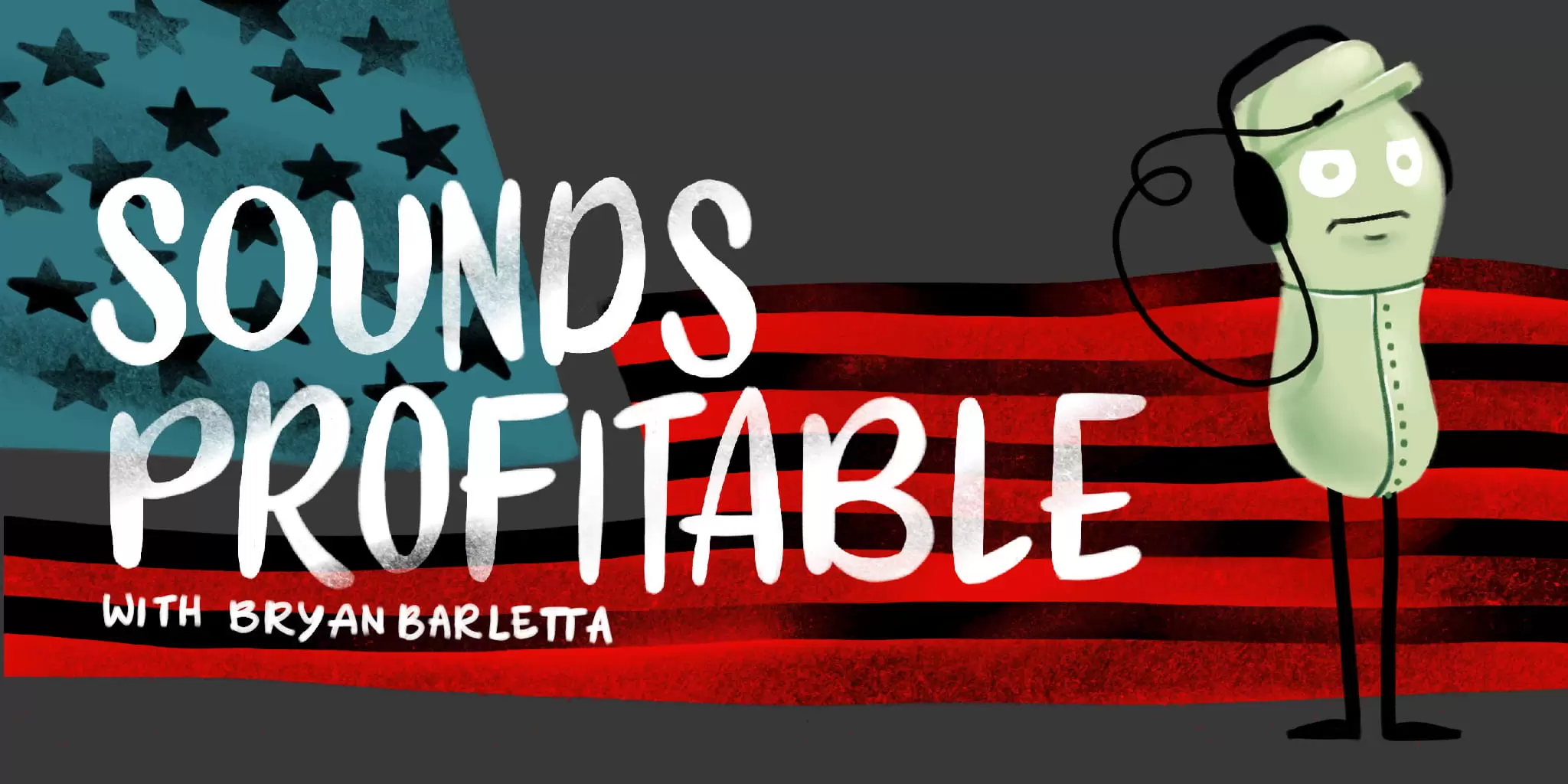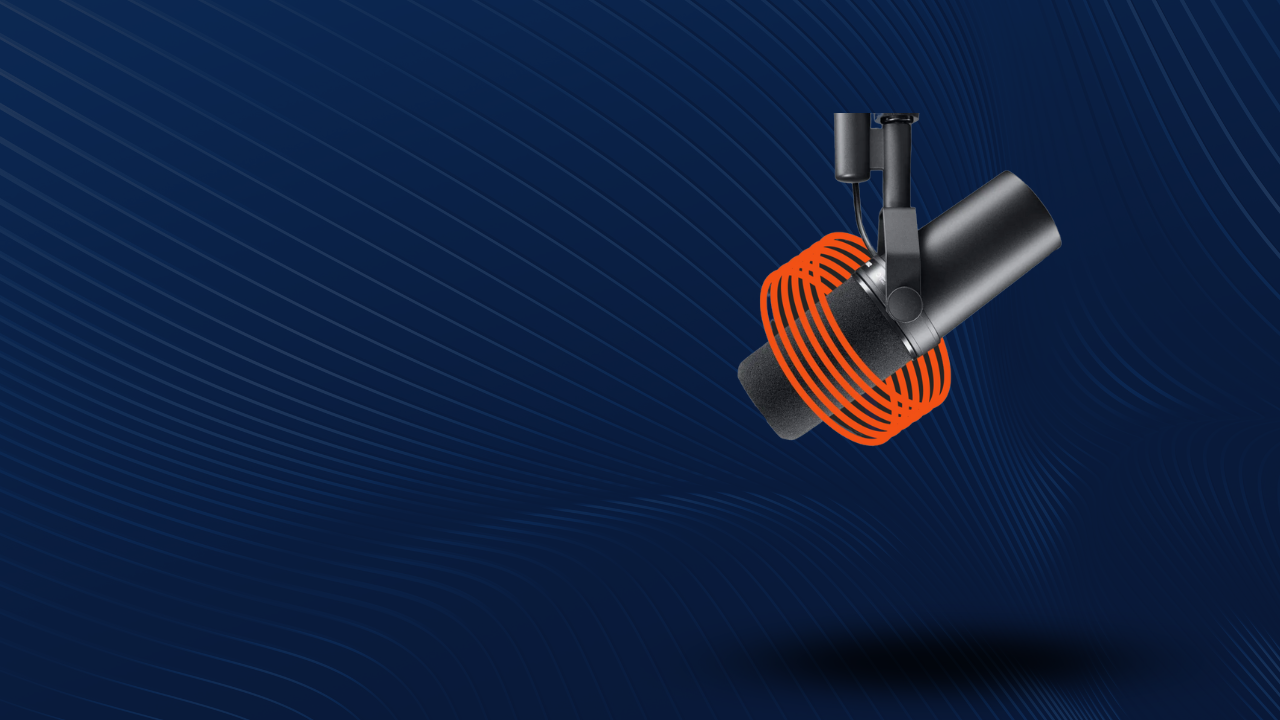Juleyka Lantigua-Williams of Lantigua Williams & Co. joins me on the podcast this week to talk about making podcast metrics more meaningful. Don’t forget, we’re running a podcast listener study with Edison Research, so please listen to an episode and fill out the survey!
Introduction
“Dad, why is there no ‘this message is for you’?”
Wow in the World has become a staple in our household. On average, my toddler and I are consuming three episodes per day. It’s the perfect show to put on while we’re cooking and eating breakfast or when we’re out on a drive.
The shows are not aggressive at all with ads, having one break per episode, kicked off with a kiddo saying “grown-ups, this message is for you”. One or two producer-read ads come on and they’re all really tastefully done, truly aimed at the parent instead of children. Then the kiddo returns and says “and now, back to the show.”
Except my son and I didn’t hear an ad for almost three weeks between the end of May and early June…and we’re still not getting one every time.
“Grown-ups, this message is for you. And now, back to the show.”
Attaining a 100% fill rate is a tall order in any aspect of advertising, so my commentary isn’t a negative against the sales team. But how we handle ad slots in podcasting, the available places where an ad can fit, absolutely needs to be rethought, as the jarring nature of not receiving an ad for several weeks will be replaced with the even more jarring nature of ads eventually returning, encouraging me to actually skip them.
In the same way you wouldn’t remove and add back in a segment of a podcast without any notice, ad markers need to be treated like content. That means developing a plan and sticking to it. So this week we’re going to review some different strategies to hit 100% fill rate, to prevent you from cannibalizing your ad free feeds or losing listeners when you did get a swell of new ads scheduled.
First Things First
Most advertising platforms focus on serving ads in a waterfall fashion, which means that the platform tries to fill every available ad slot from the highest priority first before checking if there’s an ad at a lower priority. It may seem backwards, but I think it’s more important to talk about the lowest priority ads first, before we get our heads lost in the clouds discussing the top.
The lowest priority of all podcast advertising strategies should be filled with house ads and cost-per-acquisition ads.
Both of these get a bad rap, mostly because they’re a zero CPM ad. But that’s a short-sighted way to look at it. These two options provide you the ability to run the ads as much as you’d like. They’re your failsafe. They guarantee that the listener always gets an ad, so they never forget the cadence and structure of your show. And a failsafe is just that, a net to catch you specifically when there’s nothing else scheduled at a higher value.
House ads are a great way for shows that are part of a network or from a publisher with a lot of podcasts to grow their whole offering. Ideally, the host of the show the ad is running on endorses another podcast. But having a producer, or the host of the advertising show read a promo adds a ton of value. For solo shows not part of a network, just sharing your ad inventory with friends in the space can be a great way to reduce your marketing budget in exchange for something that wasn’t going to be filled anyways.
House ads can also be used to sell products or offerings internal to your podcast or company. What a great time to remind everyone you have merch, or to offer them your premium podcast feed with added content and/or ad-free episodes.
On the other side are ads that only payout on a cost per acquisition basis. I want to be clear that I’m not advocating that podcasters accept incoming requests from advertisers only looking to pay on a CPA. But I am suggesting that podcasters evaluate some of the services out there, like the podcast-focused InfluencerBridge or the more general CJ Affliate, and see what advertisers you want to work with. This isn’t new to podcasting, GoDaddy and Audible were two of the first advertisers to bring it to the podcasting space forever ago, but it is an area that I feel continues to be overlooked, especially as a fallback.
The nuance I’d like to remind podcasters of is variety.
Variety in the different promos and variety in the creative. These ads have the chance of being the only ads your listeners hear, because they’re the foundation of your infrastructure. And like a college kid moving into their first apartment, sometimes even for the most successful new podcasts from major publishing companies it’s just boxes and bare floors for a while.
So if your podcast has six ad slots per episode, map out a world where these ads are the only ones your listeners heard for an entire month of content. What’s the maximum you’d want to repeat the exact same copy for the listener? Use your personal preference to shape this and record multiple versions of the same ad for every campaign to just to mix it up a bit.
While some of these ideas have the potential to earn revenue or grow your company’s audience, nothing will motivate you more to fill your own inventory than not being paid for the ads you’re running.
Programmatic Solutions
Climbing the ladder one step above essentially free house ads brings us to programmatic and marketplaces. While the technical side of these are different, the intent here is that, through technology and automation, you’re empowering advertisers to purchase your inventory based on preset rules without handling the ad operations per campaign.
Publishers who choose to list their inventory in these automated systems should take their time carefully reviewing every option they have available to them. From correctly identifying their inventory and setting their floor CPM, the minimum CPM they’ll take, to appropriately excluding any and all advertisers by IAB category or direct name. There are a lot of safeguards here. Heck, depending on the platform you may be able to approve each individual ad creative if you’d like to make this a more hands-on process.
This tier generates revenue from announcer-read ads each time an ad serves. However, the partners at this tier are not obligated to fill any of your inventory. Advertisers in this category are buying ads at scale, sometimes on hundreds of shows at once, without having direct relationships with each publisher.
Savvy publishers on hosting platforms that support VAST (Art19, Megaphone, Omny Studio, and Whooshkaa) can be in complete control of their programmatic relationships, connecting to Adswizz’s Podwave, Voxnest’s Dynamo, or even establish direct relationships with ad buyers using DSP’s (demand-side platforms) such as The Trade Desk, Adswizz, or Triton Digital. Hosting platforms such as RedCircle, Simplecast, and Spreaker, while not supporting VAST directly, can still connect to specific programmatic sources to make your inventory more available.
Marketplaces
If you think about programmatic as a broadcasting tool, made to amplify the availability of inventory out to buyers using their own adtech to purchase the inventory, marketplaces instead require the buyer to interact directly with the platform while offering a unique value proposition that you can’t get elsewhere.
This is honestly the most innovative area to watch, as these companies are working hard to bring advertisers directly into their platform to execute campaigns. That’s a lot more work than just managing a campaign directly for them or encouraging them to buy into podcasting. Reach, niche, and ease of use are critical.
Marketplaces tend either to be tech-focused, like Acast, Megaphone, Podbean, and RedCircle, or interaction-focused, like Gumball and Podcorn.
The technical marketplaces often require publishers to host their podcast directly with them, offering programmatic-like solutions for publishers and advertisers within their closed-loop. This allows these partners the ability to differentiate themselves from traditional programmatic solutions (like RedCircle’s host-read marketplace) providing both publishers and advertisers more control over the campaign while taking advantage of a fully built-out platform to facilitate it. The entirety of the campaign is executed within these platforms as both the ad buyer and publisher are required to use the platform for this feature.
The interaction side takes a different approach, and so do both of the partners I listed. Gumball focuses on enabling publishers to identify and list their podcast inventory for advertisers to buy. While Podcorn approaches it from the advertiser side, listing the campaign details for interested publishers to apply for. These platforms do offer varying degrees of campaign management tools, but since they’re not the hosting platform, there’s operational oversight that they can provide.
Programmatic sales teams focus on encouraging existing programmatic buyers into purchasing podcast inventory through the same tools they already know, whereas marketplace sales teams are looking for those parties to log directly into their platform. So it’s not uncommon that the percentage owed to the marketplace partner for facilitating successful deals is higher than that of programmatic, especially as it’s a higher step up the ladder.
Finding a hosting platform with a unique marketplace solution is a great reason to work with them, especially if they offer the programmatic and direct sales capabilities you’re looking for as well. Today, Acast and RedCircle both enable publishers to make their inventory available to AdsWizz Podwave, and Megaphone allows VAST. Considering they offer DAI, it’s not unlikely that Podbean, Acast, and RedCircle will enable their publishers to use VAST with enough demand, it’s just a matter of when.
I truly believe every podcast should be working with partners like Gumball, Podcorn, and any other listing-based solution out there that’s proven to have active advertisers. It simply provides more visibility to your inventory in a platform that is actively being presented to advertisers by those sales teams.
This is a great time to remind you that switching hosting platforms is not difficult or wildly time-consuming, so there’s no wrong step here.
Second Seat Sellers
Welcome to the widest and wildest step of climbing the monetization mountain.
The idea of a second seat seller is that they’re number two on the priority list when determining what ads get filled. The real benefit of adding this level to your ad stack is reaping the benefits of having an external sales team focused on filling all of the inventory they represent, which includes yours.
Partners in this tier include Advertisecast, AdLarge, Market Enginuity, Podcast Ad Reps, SXM Media, The Podglomerate, and True Native Media. All of whom represent podcast inventory through direct relationships, and connect with advertisers in an agency or network fashion. For many podcasters, even some of the largest ones out there, this is the top of the climb, they don’t even sell direct. And that’s not a bad move at all because selling inventory and managing campaigns can be a level of growth for your company that far exceeds your expectations in headcount or just simply is not what you want to staff up for.
Not every company has to do every single thing internally, and this is a perfect example of that.
Direct Sales At The Top
The biggest nut to crack in podcast advertising isn’t the content or the adtech, it’s the relationship with the advertisers. Building and maintaining a sales team is truly no joke, to the point where once it becomes effective, it’s not unrealistic to see a podcast content company pivot to focus on their sales force thanks to the great success they see from that choice. Lemonada Media just recently launched their own in-house sales team after splitting with Midroll and Westwood One, and I’m interested to see how decision changes their company.
Sales is a hyper-competitive field and truthfully it’s hard to have open, honest conversations about it with potential competitors. But I think every podcast publisher can benefit from utilizing all of the steps above, including second-seat sellers, regardless of if they have a direct sales team.
While trialing second-seat sellers, it’s always good to keep in mind a reality where they become your primary sales team, maintaining both, or doubling down on your internal team.
Wrapping It Up
Every podcasting guide out there talks about building a strong format for your podcast and releasing content consistently. And no matter how much some producers try to deny it, advertising is as much of a segment in a podcast as anything else.
If What a Day randomly skipped the Headlines section of their podcast if they didn’t have enough material, listeners would be furious or find another show. Even when there’s not a lot of great headlines, they fill that space with content to keep that segment alive.
And you need to follow that same mindset for your ads. Even if they’re currently unpaid.
REL’s Recs
Arielle’s pick for this week is: Rough Translation
Rough Translation has been consistently excellent since 2017. It combines narrative storytelling with sound rich elements to relay accounts of cultural misinterpretations around the world. While most episodes take place abroad, the current series, Home/Front, is situated right here in the U.S.A., and centers on the civilian/military divide. Hint: it’s a big one. We meet a couple, Matt and Alicia, navigating Matt’s options for care as a triple amputee. If you are someone who knows almost no one in the military, or you’re in the military and don’t know many civilians, this is for you.
Market Insights – with ThoughtLeaders
Noam Yadin, Content and Social Media Manager at ThoughtLeaders joins me this week to share insight into current trends:
With the Euro 2020 having just passed, I thought it could be interesting to bet which team would win completely based on which team is being mentioned more times on podcasts!
Both teams are being mentioned a lot – England and Euro 2020 has been mentioned 1,473, Italy has been mentioned 1,039 times. So, it looks like I’m betting on England! (Oh.)
It’s interesting that the peaks were around the same time for both teams – around the time Euro 2020 started and during their last big, monumental matches.
It was also interesting to note the brands that were mentioned alongside these teams were the US sports betting company DraftKings, and EURO 2020 brand partner Heineken (no surprise there).


















































































































































































































